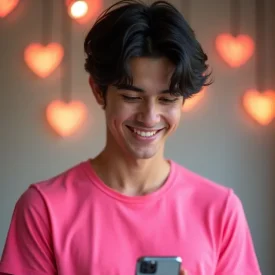Texting first can feel scary, but it’s really just about saying hello in a simple, natural way. If you’re wondering how to text first, the key is to keep it friendly and genuine. A short, thoughtful message beats silence every time.
Starting a conversation shows confidence and interest. Whether it’s someone you just met, your crush, or a match on an app, sending that first text can be the start of something meaningful.
Key Takeaways
- Confidence matters more than perfection. Texting first shows interest and self-assurance — small gestures can spark genuine connections.
- Keep it natural and curious. Write like you talk, ask open-ended questions, and use curiosity to invite real conversation.
- Don’t overthink or delay. Send your message while it feels authentic; hesitation often reads as disinterest.
- Match their tone and pace. Mirror their texting style and rhythm to build comfort and rapport.
- View every text as practice. Even if they don’t reply, each attempt builds confidence and social ease.
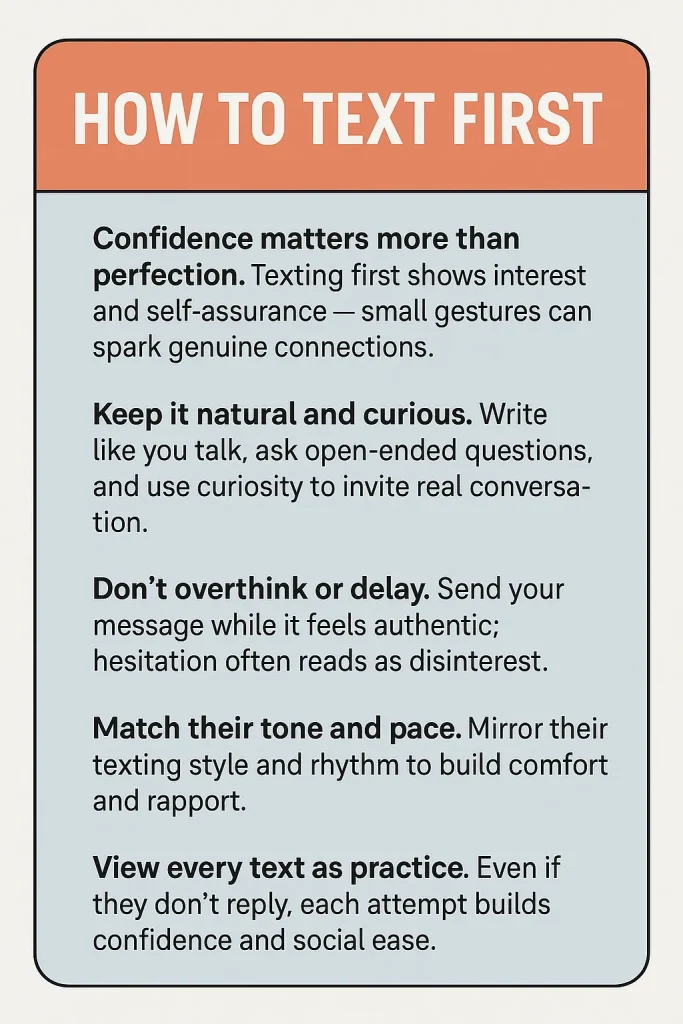
How to Text First Without Feeling Awkward or Nervous
Texting first only feels awkward when you overthink it. The goal isn’t to sound perfect — it’s to sound real.
When I coached clients on confidence and communication, I noticed that their biggest hurdle wasn’t what to say — it was the fear of being judged for saying something simple. Once they learned that authenticity beats perfection, starting conversations became easy.
Keep it light and natural
Write the way you’d talk in person. A simple “Hey, how’s your day going?” or “I saw something that reminded me of you” feels casual and easy to reply to.
Use curiosity instead of compliments
Instead of “You’re beautiful,” try “That photo of you hiking looked amazing — where was it?” Curiosity opens conversation; compliments often end it.
Avoid sounding too formal
You don’t need perfect grammar. “Hey, what’s up?” feels warmer than “Hello, how are you this evening?” Write like a friend, not like a stranger.
Simple smooth openers
“Hey, how’s your day?” or “I finally tried that restaurant you mentioned — it was great.” Small, personal messages are what start real conversations.
Why Texting First Matters
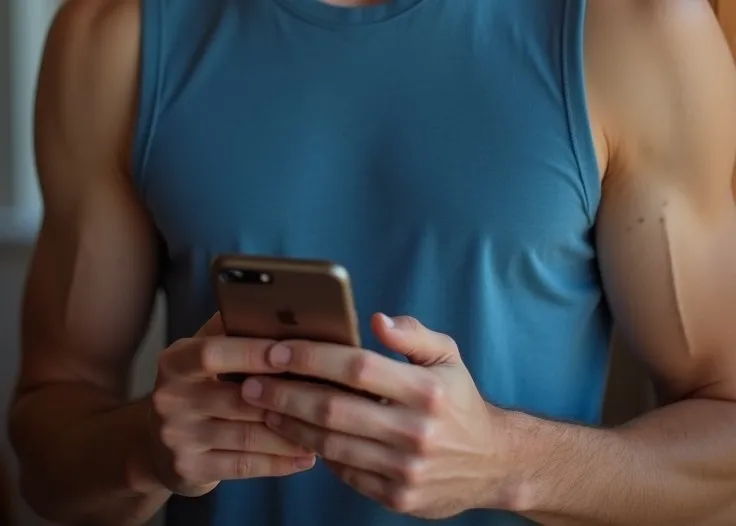
Texting first shows you’re confident enough to take initiative. In dating and friendship alike, that small step can make all the difference.
The psychology of first contact
When you text first, you show self-assurance and openness. People are naturally drawn to someone who communicates clearly and takes action.
Breaking the fear of rejection
Most fear comes from overthinking. Remember, a text isn’t a big risk — it’s a friendly gesture. If they don’t reply, you’ve lost nothing but gained experience.
What people actually think
Most people appreciate it when someone reaches out first. It signals interest and maturity rather than desperation.
When Is the Right Time to Text First
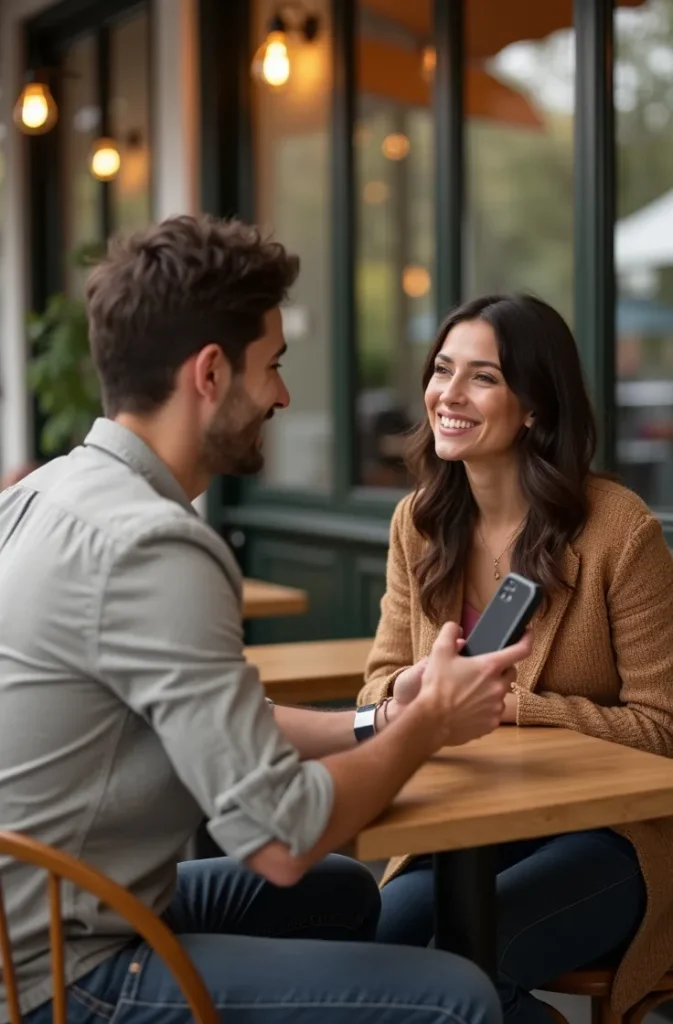
Timing matters less than sincerity. What counts is reaching out while the moment still feels genuine.
After getting their number
Text within a day. Waiting too long makes it feel like hesitation. A quick “Hey, great meeting you yesterday” keeps things warm and open.
Following a first date or meeting
A short “I had a great time today” is confident and respectful. It shows you’re comfortable expressing interest.
On social media or dating apps
If you matched or followed each other, message soon. “Hey, I liked your profile — how’s your week going?” is simple and effective.
How long to wait
Don’t play waiting games. If it feels right, send the text. Real timing comes from intuition, not rules.
What to Say in Your First Text (and How to Text Confidently)
The best first texts sound natural, not rehearsed. They open space for a real exchange.
Best opening lines
“Hey, how have you been?” or “I was just thinking about our chat the other day.” Friendly, direct messages work best.
Questions that invite replies
Ask things that lead to stories. “What’s something fun you did this weekend?” or “Have you watched anything good lately?” keeps the energy going.
Personalized openers
If you met somewhere specific, use it. “That concert was so good — I can’t get that song out of my head” feels personal and authentic.
Flirty vs. friendly
Start friendly, then match their tone. If they tease or joke, follow along. If they stay casual, keep things light.
How to Keep the Conversation Going
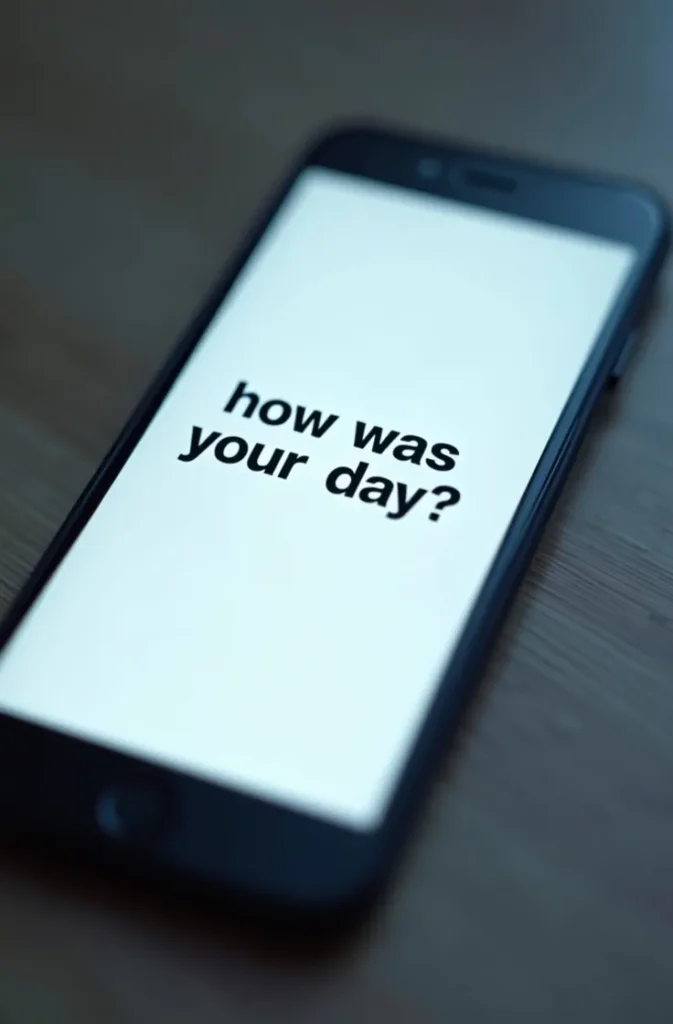
A good first text starts interest, but it’s your tone that keeps it alive.
Ask open-ended questions
Give them something to build on. Instead of “Did you like it?” try “What did you like most about it?” It keeps the dialogue flowing.
Match their pace and energy
Reply at a similar rhythm. If they text quickly, it’s fine to respond right away. If they’re slower, don’t overwhelm them.
Use callbacks to share interests
Mention something familiar: “You said you love sushi — did you ever try that new place downtown?” Small reminders make people feel remembered.
Transition naturally
When things feel smooth, suggest a meeting or a call. “This is fun to talk about — want to grab coffee sometime?” makes it feel natural, not forced.
Examples of First Texts for Different Situations
Here are a few examples to help you adapt to any scenario. For tips specifically on texting women, our guide, How to Text Women, may be helpful.
Texting someone you just met
“Hey, nice meeting you yesterday. I really enjoyed talking with you.”
Texting your crush
“I saw something today that reminded me of you — had to say hi.”
Texting after a date
“I had a great time with you tonight. Let’s do it again soon.”
Texting after a long silence
“Hey, it’s been a while! How have you been?”
Texting on dating apps
“Your travel photos are amazing. Do you go on trips often?”
Common Mistakes When Texting First

Even with good intentions, small texting errors can send the wrong signal.
Sending too many messages
If they don’t reply yet, give it space. Multiple follow-ups can feel overwhelming.
Trying too hard to be funny
You don’t need a clever line. A calm, natural message creates more comfort than forced humor.
Overanalyzing replies
A short text doesn’t always mean disinterest. People have different texting habits—don’t read too much into it.
Confidence Tips for Texting First

Confidence isn’t about never feeling nervous—it’s about acting anyway.
Reframe rejection
Not every chat will click. See each message as practice. You’re improving with every text you send.
Use self-assured language
Avoid apologizing for texting. Write as if you expect the conversation to go well.
Practice small openers
Start conversations with friends or coworkers. The more you practice, the easier it feels.
Build small wins
Each positive interaction boosts confidence. The key is consistency, not perfection.
Expert Advice: How to Read Their Response

Understanding tone helps you know when to lean in—or ease off.
Signs they’re interested
They ask questions, use emojis, and respond quickly. Engaged replies show genuine curiosity. For a better understanding, check our article on how to text with emojis.
Neutral or polite replies
Short answers or delays usually mean they’re busy, not necessarily uninterested. Give them time.
When to slow down
If their replies fade or stop, don’t chase. A connection should feel mutual, not one-sided. For guidance on dealing with no replies or fading contact, learn how to handle ghosting.
When (and How) to Text Again
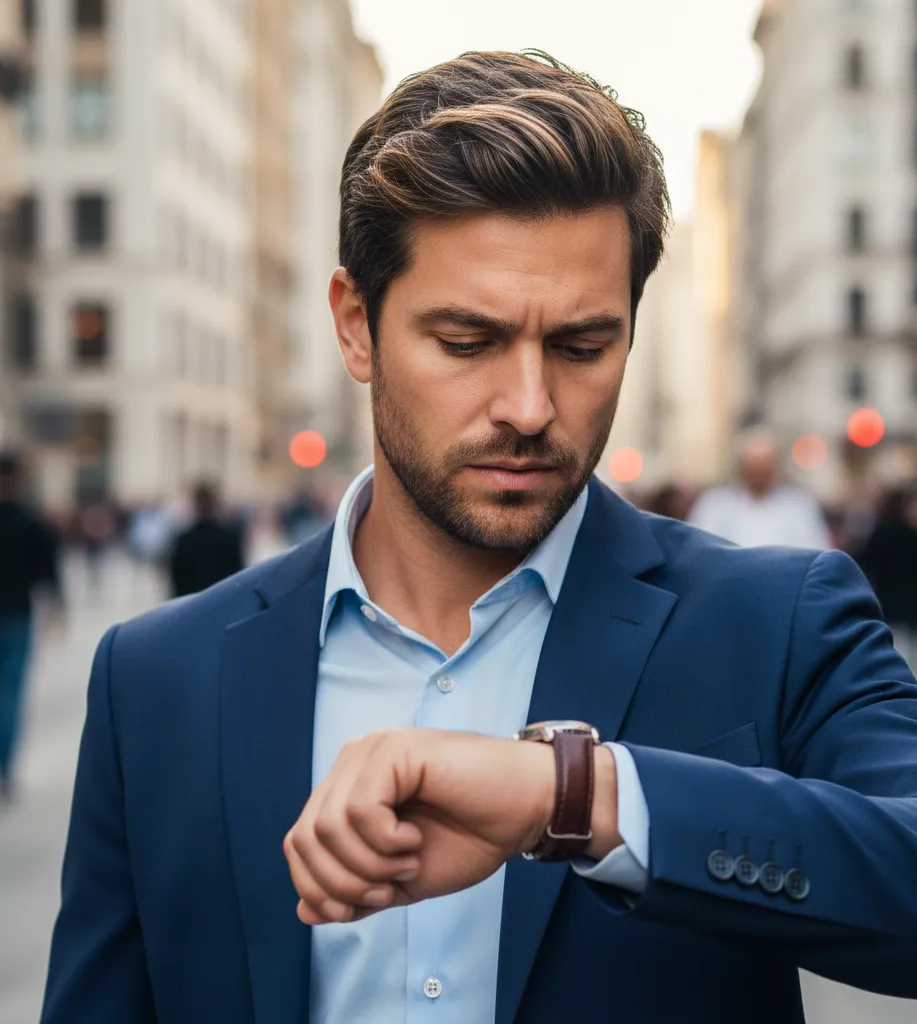
Following up shows interest when done respectfully.
If they don’t reply the first time
Wait a day or two, then try again with something casual like “Hey, how’s your week going?” If there’s still no reply, move on confidently.
How long to wait
Two to three days is plenty. Beyond that, let things rest. Sometimes silence says enough.
How to restart the chat
Use shared context: “I finally saw that movie we talked about — it was great.” A light, relevant message reopens the door.
Should You Text First Every Time?

There’s no fixed rule—healthy communication is mutual.
Balancing effort
It’s great to take initiative, but pay attention to balance. If you’re always reaching out, step back and see if they meet you halfway.
Modern dating views
These days, anyone can text first. Confidence and kindness matter more than who initiates.
Why confidence attracts
Taking the lead shows you’re grounded and secure. It’s not about chasing—it’s about connection.
Bonus: Example Text Templates
Need inspiration? Here are a few you can personalize:
Friendly: “Hey, how’s your week going? Just thought I’d say hi.”
Flirty: “You have great taste in music. Still thinking about that playlist you mentioned.”
Context-based: “You mentioned you love coffee — tried any new spots lately?”
You can also practice texting anytime with an AI girlfriend to build comfort: explore AI girlfriend conversations and how they help improve texting skills. Check our guide, What is an AI girlfriend? Learn how AI companionship can support practice and emotional connection for texting and social interaction.
Conclusion: The Power of Reaching Out First
Texting first isn’t about who makes the first move — it’s about having the confidence to connect. When you reach out, you show emotional maturity, curiosity, and the courage to be authentic. A single thoughtful message can spark a new friendship, deepen a connection, or simply make someone’s day a little brighter. The key is to stay genuine, keep your tone light, and remember that connection always starts with initiative. Every message you send is a small step toward confidence — and confidence, more than the perfect text, is what truly stands out.
Disclaimer
This article offers general communication and confidence advice for everyday social and dating situations. It’s not a substitute for professional counseling or therapy.
Frequently Asked Questions
Should I text first if they didn’t reply last time?
You can try once more after a few days. If there’s still no reply, let it go gracefully.
How do I stop overthinking?
Remind yourself it’s just a text. Keep it short and honest, then move on with your day.
What if they never respond?
It happens to everyone. Don’t take it personally. The right person will appreciate your effort.



